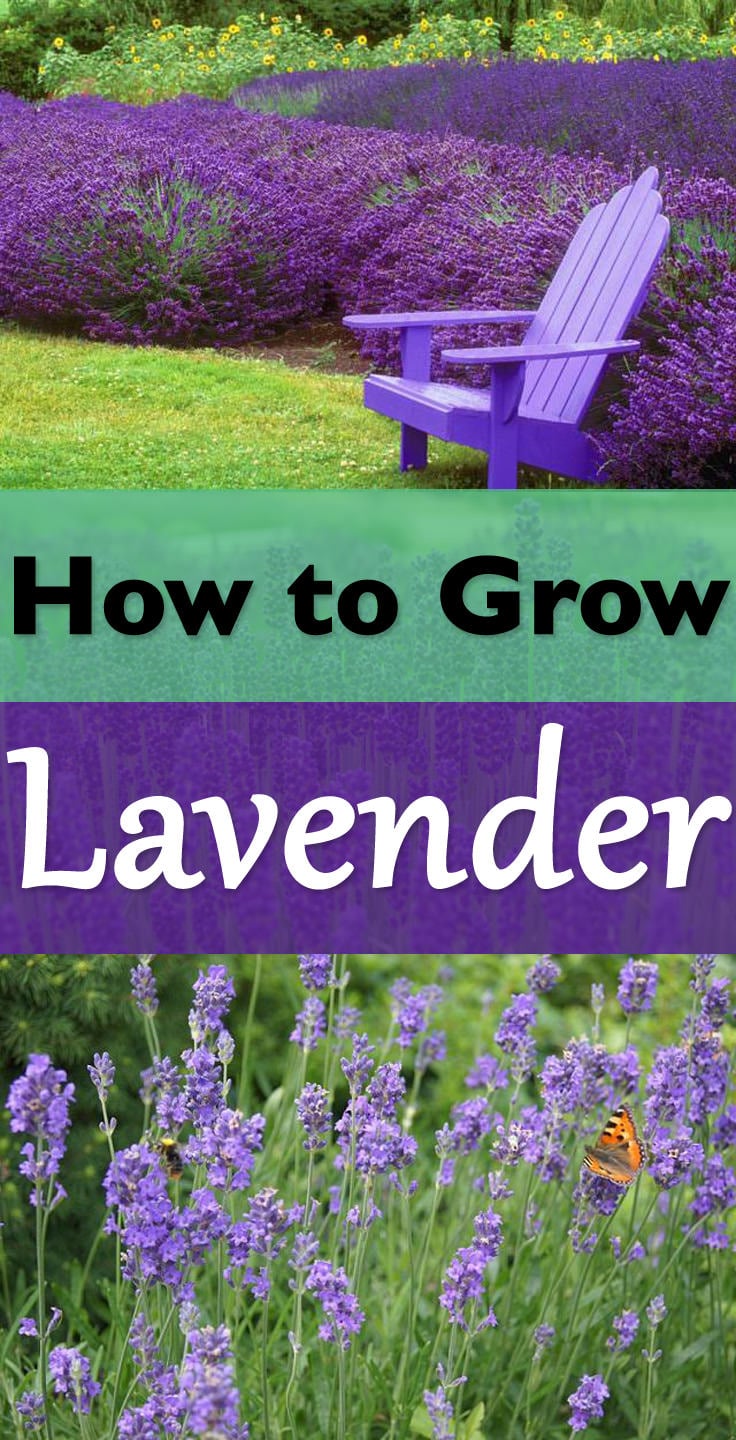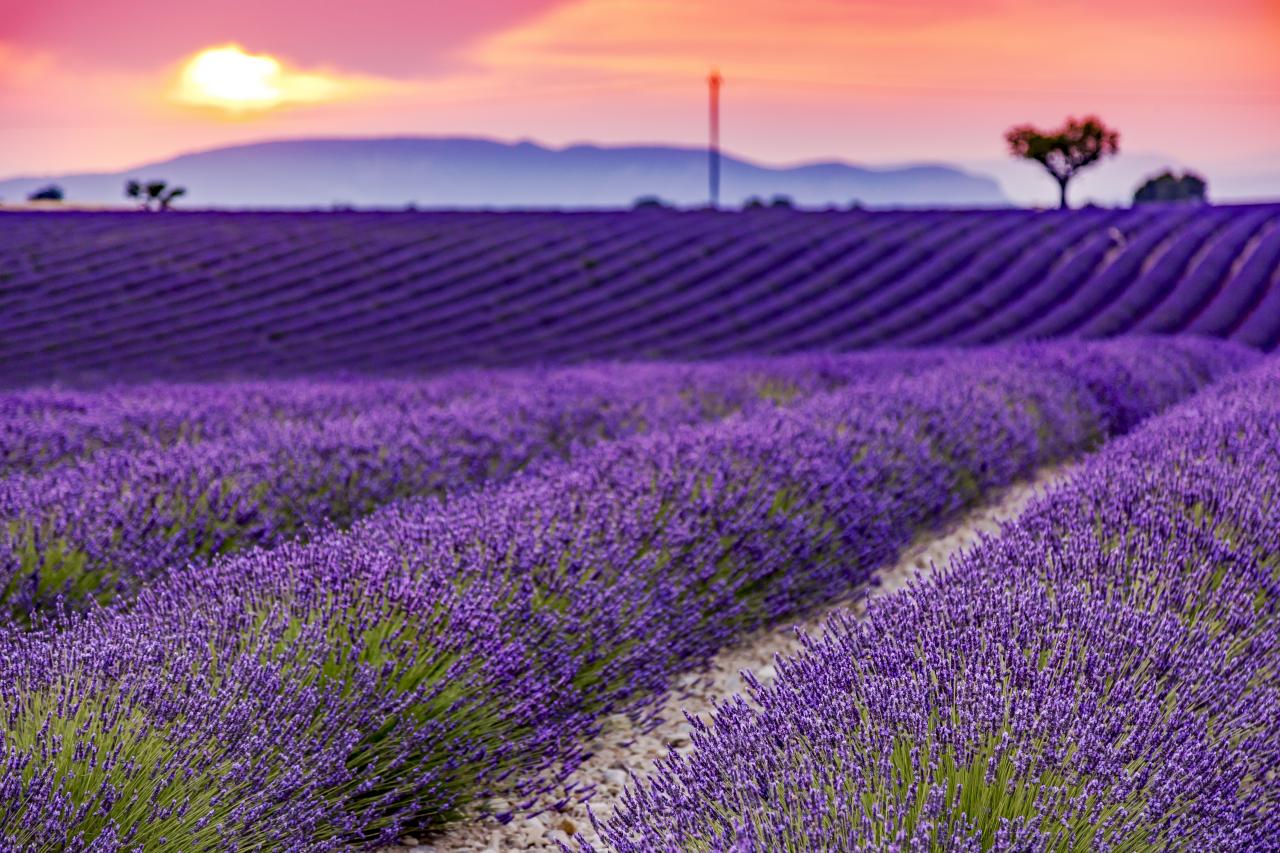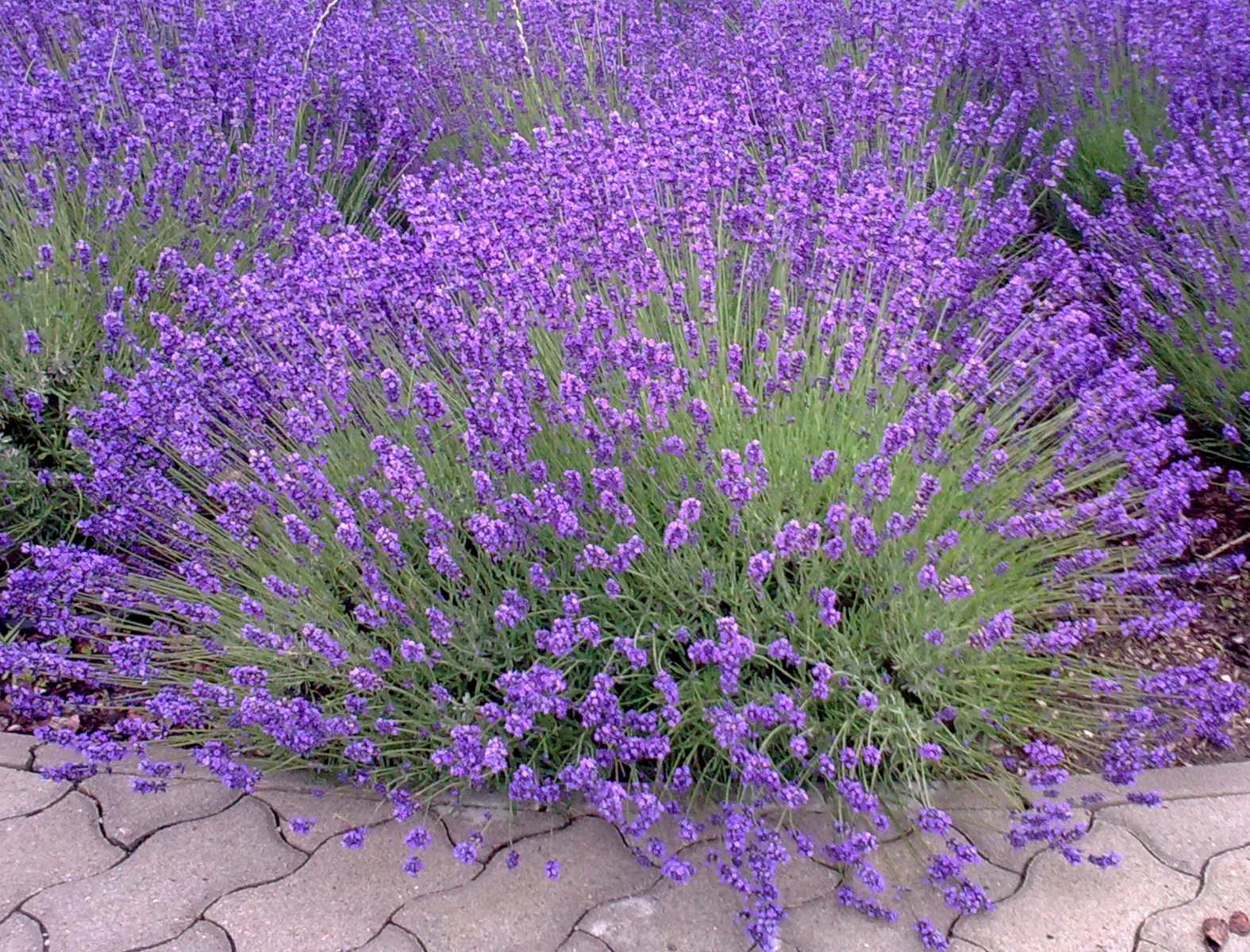Simple Guide to Growing Lavender at Home

Are you dreaming of a garden filled with the soothing scent of lavender? Imagine stepping out onto your patio, greeted by a sea of purple blooms gently swaying in the breeze. Growing lavender at home is easier than you might think, and with this simple guide, you'll be well on your way to creating your own fragrant oasis.
Why Grow Lavender at Home?
Lavender is not just a beautiful plant; it's a versatile herb with numerous benefits. Its calming aroma can help reduce stress and improve sleep quality. Plus, lavender is a magnet for pollinators like bees and butterflies, adding a touch of natural beauty to your garden. Whether you're a seasoned gardener or a beginner, lavender cultivation is a rewarding experience.
Choosing the Right Lavender Variety
Before you dive into lavender planting, it's crucial to choose the right variety. There are several types of lavender, each with its own unique characteristics.
English Lavender (Lavandula angustifolia)
English lavender is one of the most popular varieties for home lavender gardens. It's known for its sweet fragrance and is often used in essential oils and culinary dishes. This variety thrives in cooler climates and is relatively easy to grow.
Spanish Lavender (Lavandula stoechas)
Spanish lavender is characterized by its distinctive "rabbit ears" on top of the flowers. It's more heat-tolerant than English lavender and is a great choice for warmer regions.
French Lavender (Lavandula dentata)
French lavender has a more delicate scent and is often used in potpourri and sachets. It's a bit more finicky to grow but adds a unique touch to any garden.
Preparing Your Garden for Lavender
Soil and Location
Lavender thrives in well-drained soil and full sun. Choose a spot in your garden that gets at least six hours of sunlight daily. Avoid areas that are prone to waterlogging, as lavender roots can rot in soggy soil.
Planting Lavender
When it comes to lavender planting, timing is key. The best time to plant lavender is in the spring, after the last frost. You can start with seeds or young plants from a nursery.
From Seeds
- Prepare the Soil: Mix in some compost or well-rotted manure to improve drainage.
- Sow the Seeds: Plant the seeds about 1/8 inch deep in the soil.
- Water Gently: Keep the soil consistently moist but not waterlogged.
From Young Plants
- Dig a Hole: Make sure it's deep enough to accommodate the root ball.
- Plant the Lavender: Place the plant in the hole and fill it with soil, ensuring the root ball is level with the ground.
- Water Thoroughly: Give the plant a good soak to settle the soil around the roots.
Caring for Your Lavender Plants
Watering
Lavender is drought-tolerant once established, but young plants need consistent watering. Water deeply once a week, allowing the soil to dry out between waterings.
Pruning
Pruning is essential for healthy lavender growth. Prune your plants in late summer, after the flowers have faded. Remove about one-third of the plant, taking care not to cut into the woody stems.
Fertilizing
Lavender doesn't require much fertilizer. A light application of compost or a balanced fertilizer in the spring is usually sufficient.
Common Lavender Growing Tips
Pest Control
Lavender is relatively pest-resistant, but it can attract aphids and spider mites. Regularly inspect your plants and treat any infestations promptly with insecticidal soap or neem oil.
Disease Prevention
Good drainage is crucial for preventing root rot. Ensure your lavender plants have adequate space between them to allow for air circulation.
Winter Care
In colder regions, protect your lavender plants with a layer of mulch to insulate the roots. Avoid pruning in the fall, as this can encourage new growth that is susceptible to frost damage.
Harvesting and Using Lavender
When to Harvest
The best time to harvest lavender is when the flowers are just beginning to open. This is when the essential oils are at their peak.
How to Harvest
- Cut the Stems: Use sharp scissors or pruners to cut the stems about 2-3 inches above the woody part of the plant.
- Bundle the Stems: Tie the stems together with a rubber band or string.
- Dry the Lavender: Hang the bundles upside down in a cool, dry place for about 2-3 weeks.
Uses for Lavender
- Essential Oils: Extract the oil for use in aromatherapy.
- Culinary: Add a touch of lavender to baked goods, teas, and even cocktails.
- Crafts: Create sachets, wreaths, and potpourri with dried lavender.
Conclusion
Growing lavender at home is a rewarding experience that can transform your garden into a fragrant haven. With the right variety, proper care, and a bit of patience, you can enjoy the beauty and benefits of lavender for years to come. So, why wait? Start your lavender gardening journey today and let the soothing scent of lavender fill your home.
FAQs
How long does it take for lavender to grow from seeds?
- Lavender seeds typically take about 14-28 days to germinate. It can take up to a year for the plants to reach maturity and produce flowers.
Can lavender be grown in pots?
- Yes, lavender can be grown in pots. Choose a container with good drainage and use a well-draining potting mix. Ensure the pot is large enough to accommodate the plant's root system.
What is the best time to prune lavender?
- The best time to prune lavender is in late summer, after the flowers have faded. Avoid pruning in the fall, as this can encourage new growth that is susceptible to frost damage.
How often should I water my lavender plants?
- Young lavender plants need consistent watering, about once a week. Once established, lavender is drought-tolerant and only needs watering during prolonged dry spells.
Can lavender survive winter?
- Yes, many varieties of lavender can survive winter, especially in milder climates. In colder regions, protect your plants with a layer of mulch to insulate the roots.


For more detailed information on lavender cultivation, you can visit the Royal Horticultural Society and the National Gardening Association. These resources provide expert advice and additional tips for successful lavender gardening.
0 Response to "Simple Guide to Growing Lavender at Home"
Post a Comment